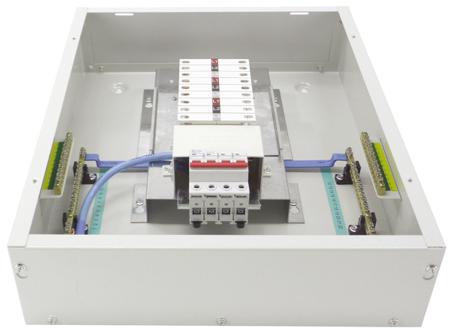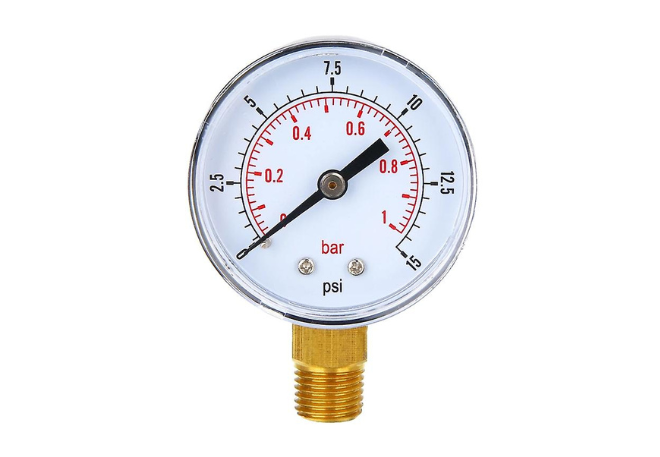Mastering Power: Unraveling the Mystery of Distribution Boards
Understanding the critical role and intricate details of distribution boards (DBs) is essential for anyone involved in electrical engineering, home renovation, or maintenance. These pivotal components of electrical systems ensure the safe and efficient distribution of electricity across a facility. Let's dive into what makes distribution boards so vital and explore their functionality, types, installation tips, and safety considerations.
What is a Distribution Board?
A distribution board, often known as a breaker panel, electric panel, or panelboard, is a central point that controls the electrical power distribution in a building. It divides an electrical power feed into subsidiary circuits while providing a protective fuse or circuit breaker for each circuit in a common enclosure. Essentially, DBs are the guardians of your electrical system, ensuring power is safely distributed to where it's needed.
Key Components and Structure
The Main Breaker
This component controls the power flow from the utility source to the distribution board. It allows the entire system to be shut off or turned on, providing a crucial safety and control mechanism.
Circuit Breakers and Fuses
Each circuit in a DB is protected by a circuit breaker or fuse. These components are designed to automatically shut off electrical flow in the event of an overload or short circuit, preventing potential damage and hazards.
Bus Bars
Bus bars are metallic strips, typically made of copper or aluminum, that conduct electricity within the distribution board. They play a key role in distributing power from the main breaker to individual circuit breakers.
Neutral Link
The neutral link is a crucial component that completes the electrical circuit by returning the current to the power source.
Types of Distribution Boards
Main Breaker Panels
These are the most common type of distribution boards, featuring a main breaker that controls all power entering the home.
Main Lug Panels
Main lug panels connect directly to the meter without a main breaker. They are typically used as sub-panels connected to the main breaker panel.
Sub-Panels
Sub-panels are smaller DBs that branch off from the main panel and are used to distribute power to specific areas or high-demand appliances.
Installation Insights
Planning and Preparation
Before installation, it's crucial to accurately plan the layout and capacity of the DB to ensure it meets the current and future needs of the building. This includes determining the number of circuits needed and the capacity of the main breaker.
Safety First
Always ensure that power is completely shut off at the main breaker before beginning any installation work. It’s advisable to hire a professional electrician to handle the installation to comply with local electrical codes and safety standards.
Wiring and Setup
Carefully connect the main power lines to the main breaker, and from there, distribute lines to individual circuit breakers. Ensure that all connections are secure and that the wiring is organized to avoid any potential hazards.
Safety Considerations
Regular Maintenance
Regularly inspect your DB for any signs of damage or wear. Check for loose connections, and signs of corrosion, and ensure that all breakers are functioning properly.
Upgrading
As your power needs grow, your DB might need an upgrade. This could involve adding more circuits or replacing your existing panel with one that has a higher capacity.
Professional Inspection
It’s advisable to have your electrical system inspected by a professional every few years to ensure that everything is up to standard and functioning safely.
Conclusion
A distribution board is an indispensable component of any electrical system, acting as the backbone for electrical distribution throughout a building. By understanding the various types and components of DBs, as well as adhering to safety practices during installation and maintenance, you can ensure a safe and efficient electrical system. Whether you're a professional electrician or a DIY enthusiast, mastering the knowledge of distribution boards is a powerful step towards enhancing your electrical expertise and safety.




I love your Blog.Electrical Contractors Service Residential electrical services Vancouver We offer expert electrical installations, repairs, and maintenance for your home or business. Call us today!
ReplyDelete